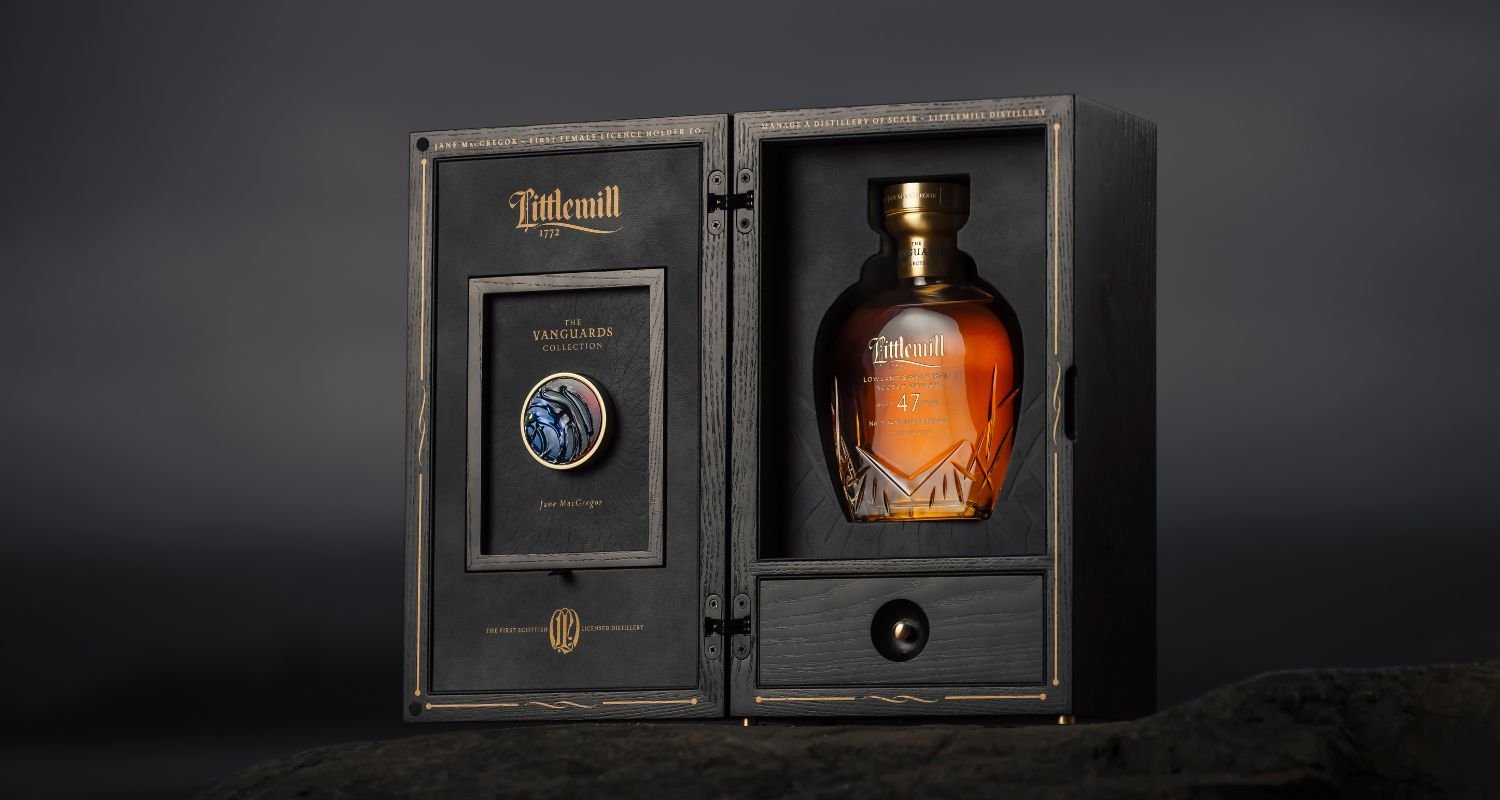Brick by Brick


Stourbridge, nestled in the heart of England’s Black Country, boasts a rich industrial heritage. The Red House Glass Cone stands at its centre, a majestic brick icon emblazoned on the Black Country flag. This approximately 233-year-old, nearly 100-ft-tall behemoth is a monument enriched with the area’s past and a living testament to the enduring spirit of glassmaking. It’s here, within the Red House Glass Cone site, that Blowfish Glass chose to set up shop in December 2021.
Moving back to the heartland of British glassmaking was a no-brainer for Elliot Walker and Bethany Wood. Elliot hails from the not-too-distant Codsall and completed his education at Dudley College and Wolverhampton School of Art. For both of them, being part of a community that revolves around Glass is the bottom line. They work opposite another of our region’s glass museums, making under the shadow of the Cone.
The Cone, completed around 1790, is the last survivor of more than a dozen glass cones that dotted the Stourbridge landscape along the ‘Crystal Mile’ from the 17th to 20th centuries, which contained a rich history above and below ground. ‘The Crystal Mile (including the Cone) sits on a Permo-Triassic bedrock of sandstones laid down in the arid interior of the supercontinent Pangaea around 250 million years ago. Uphill to the east, across the coalfield defining Western Boundary Fault, significantly older Carboniferous rocks are thrown up to the surface, exposing a rich mineral tapestry of coals, clays, iron ores and limestones that came to define the Black Country.‘ – Matthew Sutton, writing for the Black Country Geological Society Newsletter 272
Red House Works started with window glass but steadily expanded its production. Bottles were added, followed by tableware in 1834. To further refine their offerings, cutting shops were built between 1852 and 1856. Finally, by 1871, they mastered the art of coloured and high-quality cut glass.

The glassware decoration by cutting was developed in England in the mid-18th century. The early cutting lathes were turned manually by a flywheel or foot treadle. The first cut designs were facets on chandeliers, candlesticks and the stems of wine glasses. This was soon followed by broad flutes and diamonds on the bowels of wineglasses, which led to the increasing diamond cutting of the later Georgian period.
These patterns captured Elliot’s imagination for his Cut Crystal Skulls, and he collaborated with Master Glass Cutter Nick Gritton to adorn these skulls in a new dialect of patterned design, reminiscent of Stuart Crystal cutting patterns.

Though most of the cones and glass industry has dwindled compared to its heyday, a strong glassmaking community still thrives in the area. So much so, retired gaffer (also known as ‘The chair’) Malcolm Andrews, visited the workshop to share some beautiful Ivan Smith tools, which have been passed down to Bethany Wood and others collected by Dudley Museums as important seminal objects in the history of glass.


The Red House Cone closed in 1936 when Stuart Crystal moved operations across the road to Vine Street, ending 150 years of glassmaking. But in the shadow of the cone, the furnace still glows in the workshop of Elliot Walker.
Brick by Brick, the iconic Cone, is being brought back to life via a huge investment of £1.5 million by Dudley Council. This money will be used to repoint the entire structure from top to bottom, inside and out, with authentic lime mortar. Also, New cast iron windows have been forged to replace the non-historic wooden windows.’—Helen Attwood, ‘Milestone for Redhouse Cone Restoration’, Stourbridge News, 10th May 2024.
We can’t wait to see the full reopening of the Cone later this year, to keep up to date with our programming on-site in the run-up to IFOG 2024, especially our Turn up the Heat Programme, make sure you are signed up for our newsletter and pay attention to the Blowfish Glass and Redhouse Glass Cone Instagram.
By
Leanne O’Connor
Thank you to the staff at The Red House Glass Cone Museum for their assistance in writing this piece.





